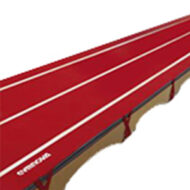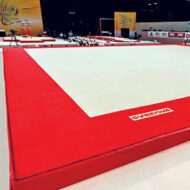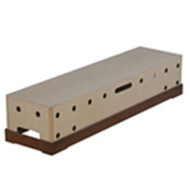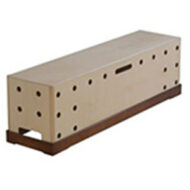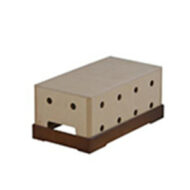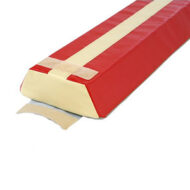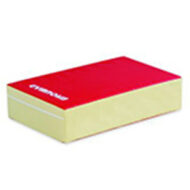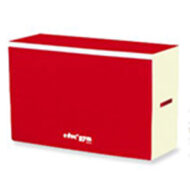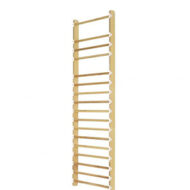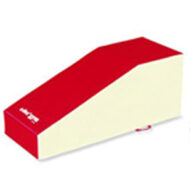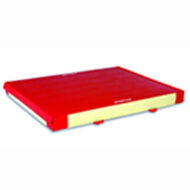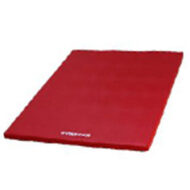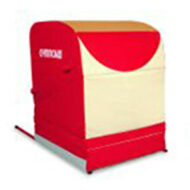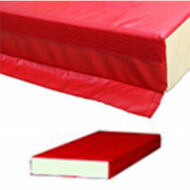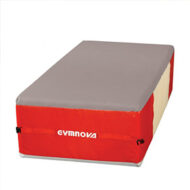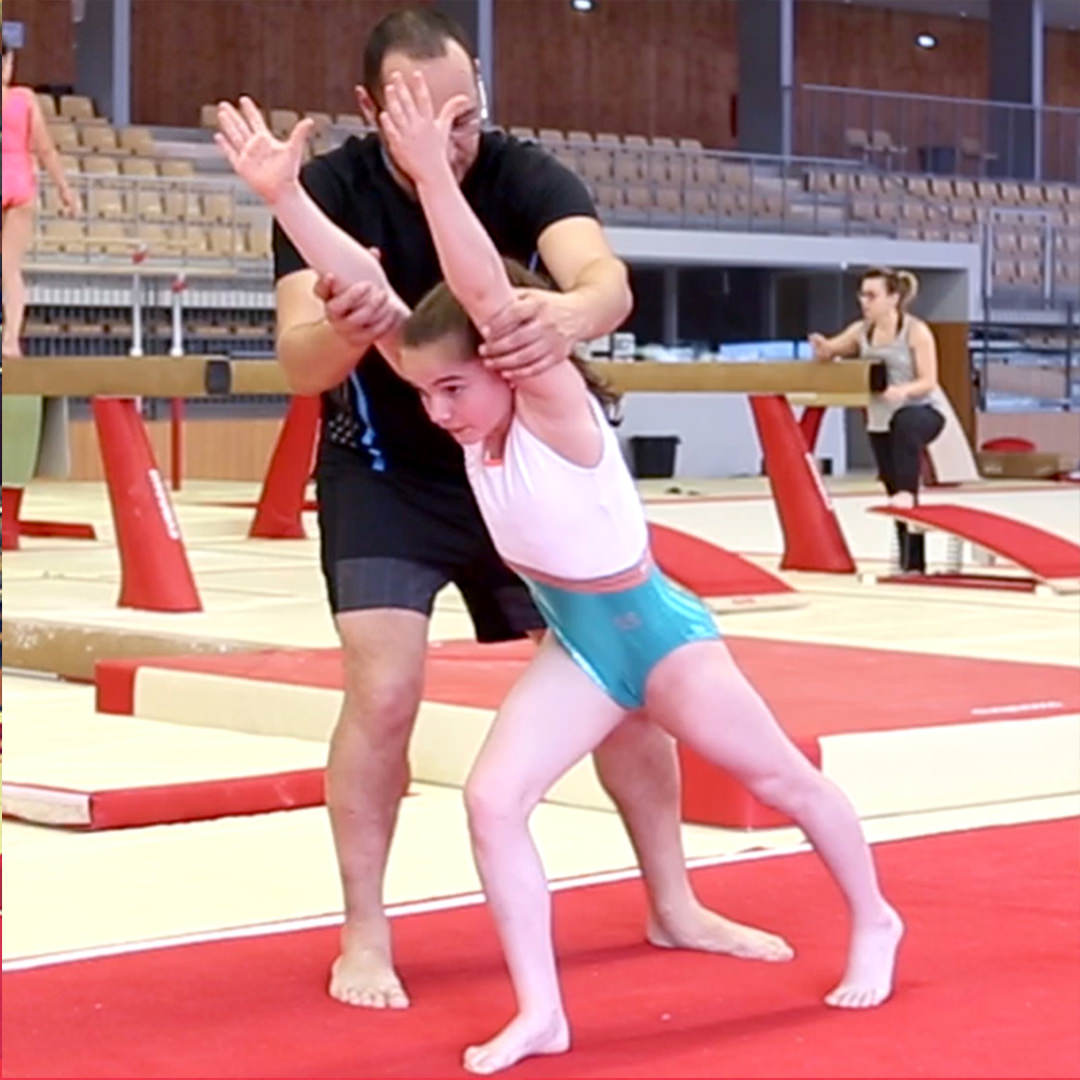The Forward Lunge
How to teach the Forward Lunge on floor



Angelo Ritorto
The Forward Lunge
How to teach the Forward Lunge on floor
description
Complete training on the forward lunge to handstand on floor
Correct execution of the forward lunge is of inestimable importance in gymnastics. It's the connecting move between standing and the upside-down position.
Whether it's to do a handstand or a cartwheel, or after a run-up to do a hurdle, it needs to allow you to go upside down while maintaining rotational speed, staying in the right axis and "attacking" the floor effectively.
The training on handstand focuses exclusively on the holding phase on the hands.
In this training, we'll be focusing on the part that comes before this balance: the inversion via a front lunge.
In the first section, a technical analysis shows you the correct placements for doing a good front lunge.
Next, the teaching section is made up of 6 steps over 4 videos. There you'll find different skill progressions and the key exercises that will help you teach this forward lunge to your gymnasts.
Enjoy the exploration!
Associated books
Let's Teach Artistic Gymnastics - Floor Skills - Volume 1
Learn how to teach:
• Shoulder stand • Forward and backward rolls • Handstand • Forward lunge • Bridges •
All the exercises needed to learn these technical elements, from their beginnings to the execution of complete skills
→ 219 exercises - 184 pages - Format 15 x 21 cm -
A note on the series of books, "Let's teach gymnastics":
• Our books are essential companions to the video training on the same topics that you find in the section "Gymnastics Education" here on GymneoTV.
• Their spiral binding and tabbed pages allow you to quickly find the skills you want to look at, and easily locate the drills and training stations.
• The summaries of technique and the large format illustrations made to scale make these books the ideal companions to your training sessions.
Our advice:
• For training session prep: thanks to the technique summary and icons at the top of each page, you can easily find the stations that match the current needs of your gymnasts. You can also anticipate the equipment needs for your upcoming session.
• During training: with the help of realistic images, you can save time by showing your gymnasts the drills to work on. They will also be able to help you set up the training stations and thanks to the illustrations, they'll more easily understand the task at hand.
• You will improve the constant exchange that you have with your athletes. In fact, when giving your instructions, the illustrations create common ground for discussions or reference points. They make it easy to understand and/or visualize technical placements, which makes it much easier to learn the element.

